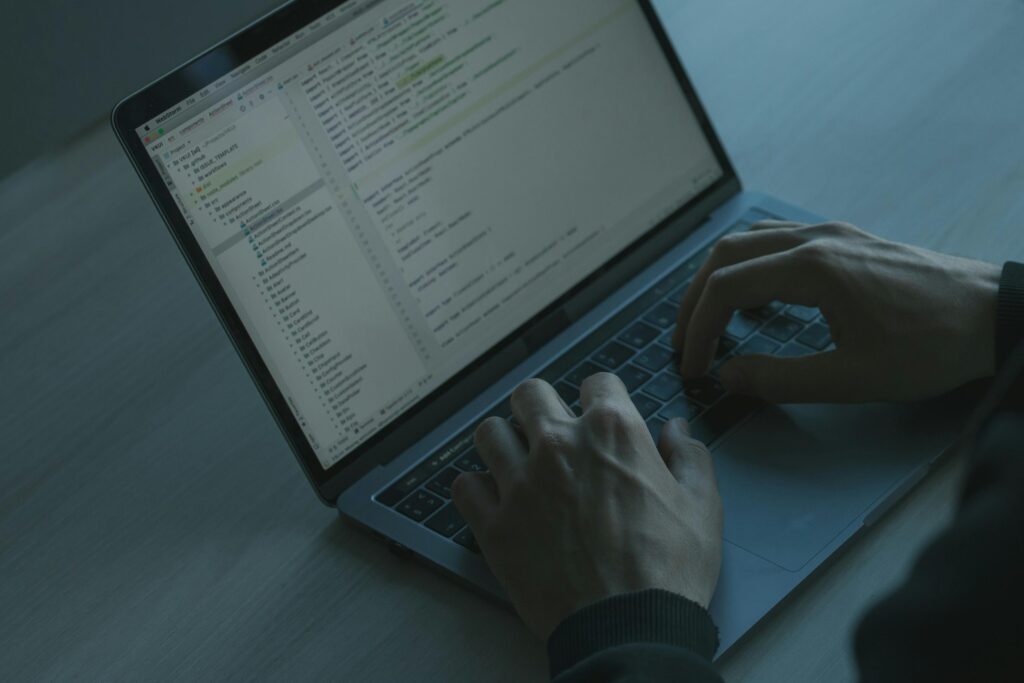
The workplace of 2025 is more mobile, more connected, and more personal than ever before. The Bring Your Own Device (BYOD) trend is now standard practice. But behind this growth lies an inconvenient truth: personal devices are proving to be one of the weakest links in the corporate cybersecurity chain, especially when they are left unmanaged or poorly managed.
To address these concerns, organisations must take a more proactive and structured approach to securing BYOD environments.
Standards and restrictions
The foundation of effective BYOD security is visibility. Companies must first take inventory of every personal device that accesses corporate resources, such as email servers, internal platforms, shared drives, and any cloud-based applications. Without this visibility, organisations are effectively flying blind.
The next step is to enforce minimum security standards and optimal configuration. These might include mandatory encryption, strong password policies, two-factor authentication, and endpoint protection. These requirements should be clearly outlined in a formal BYOD policy that employees agree to before connecting their devices to corporate networks.
To mitigate the shadow IT risks, companies should implement application control policies such as blacklisting risky apps or whitelisting approved tools.
Systems and software
Patching known vulnerabilities and promptly updating devices is one of the most straightforward and effective ways to prevent breaches. But in BYOD environments, the responsibility for keeping software up to date often falls on the employee, and that’s where gaps can occur. Mobile Device Management (MDM) solutions are invaluable here. If using an MDM is not possible, at the very least, IT admins should regularly remind users to install updates, provide easy-to-follow guidance and track patching status to ensure security holes are closed quickly.
Ultimately, fostering trust between IT teams and employees is essential for the long-term success of any BYOD initiative.
With MDM, organisations can monitor devices remotely, enforce security settings, wipe data in case of theft or loss and ensure compliance with corporate policies without invading employees’ personal digital space any more than necessary.
Secure connections
Remote work is here to stay, and so is the need for secure connectivity. Whether employees are working from home or from a local café, the use of public or unsecured Wi-Fi networks introduces a significant risk. Deploying a properly configured Virtual Private Network (VPN) is a must. VPNs create encrypted tunnels that protect data in transit and reduce the chance of man-in-the-middle attacks.
Additionally, organisations should ensure that Remote Desktop Protocol (RDP) access is configured securely to safeguard remote access. With misconfigured RDPs being an often-exploited vector in cyberattacks, companies must treat their setup with the same rigor as any other exposed system.
Protect and support
Storing sensitive corporate data on personal devices increases the risk of exposure, especially if the device is lost, stolen, or accessed by someone else in the household. To address this, organisations must establish rules that enforce password protection, auto-locking, and device encryption. Moreover, data classified as confidential or business-critical should be encrypted both at rest and in transit. Multi-factor authentication (MFA) should be required for any access to systems housing sensitive data.
Even with the best technical safeguards in place, a BYOD policy is only as strong as its weakest user. Organisations should equip employees with multilayered device-specific security software, which should include sophisticated anti-malware protection and encryption, as well as remote wipe capabilities. Regular backups are critical, as is frequent security awareness training. Employees must understand the elevated risks of using personal devices for work and the steps they can take to protect both their own information and the company’s.
The future of BYOD security
Employees are understandably concerned about how much of their personal digital lives their employers can see. Businesses must be upfront about what data they will (and won’t) access, and how employee privacy will be respected. MDM solutions that support privacy-first architectures, such as separating business data from personal data, can help bridge this gap. Ultimately, fostering trust between IT teams and employees is essential for the long-term success of any BYOD initiative.
As remote and hybrid work models continue to evolve, BYOD will remain a cornerstone of enterprise mobility strategies. But with flexibility comes responsibility. Businesses and employees must accept that personal devices are no longer “personal” when they access business-critical systems and data.
The future belongs to organisations that are flexible, while maintaining strong cybersecurity foundations. BYOD is convenient and a great benefit, but it’s also a risk vector. With that in mind, IT leaders must implement strategic safeguards that protect both their people and their data.

Jake Moore
Jake Moore is Global Cybersecurity Advisor at ESET. As well as conducting research and analysis into the latest cybersecurity and AI threats and trends, Jake also regularly comment on a range of cybersecurity stories in the press for outlets such as BBC, ITV, The Independent and The Times.


